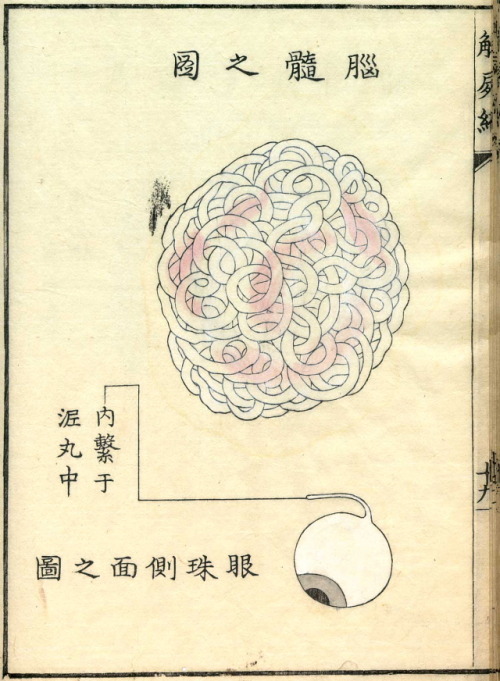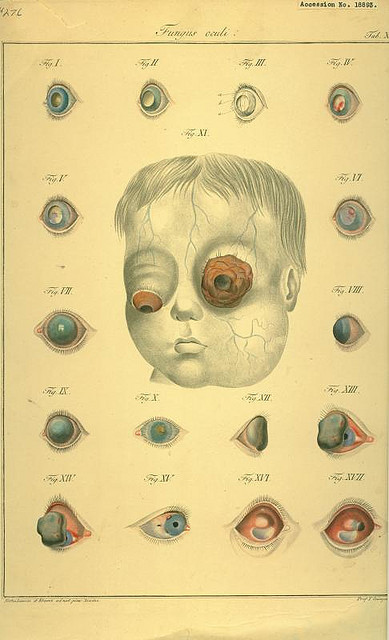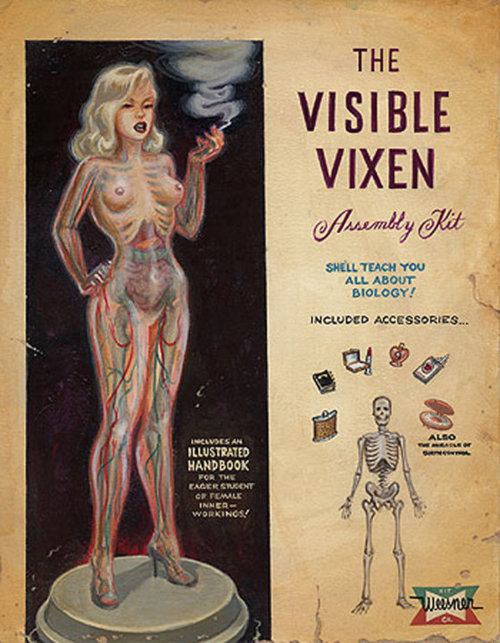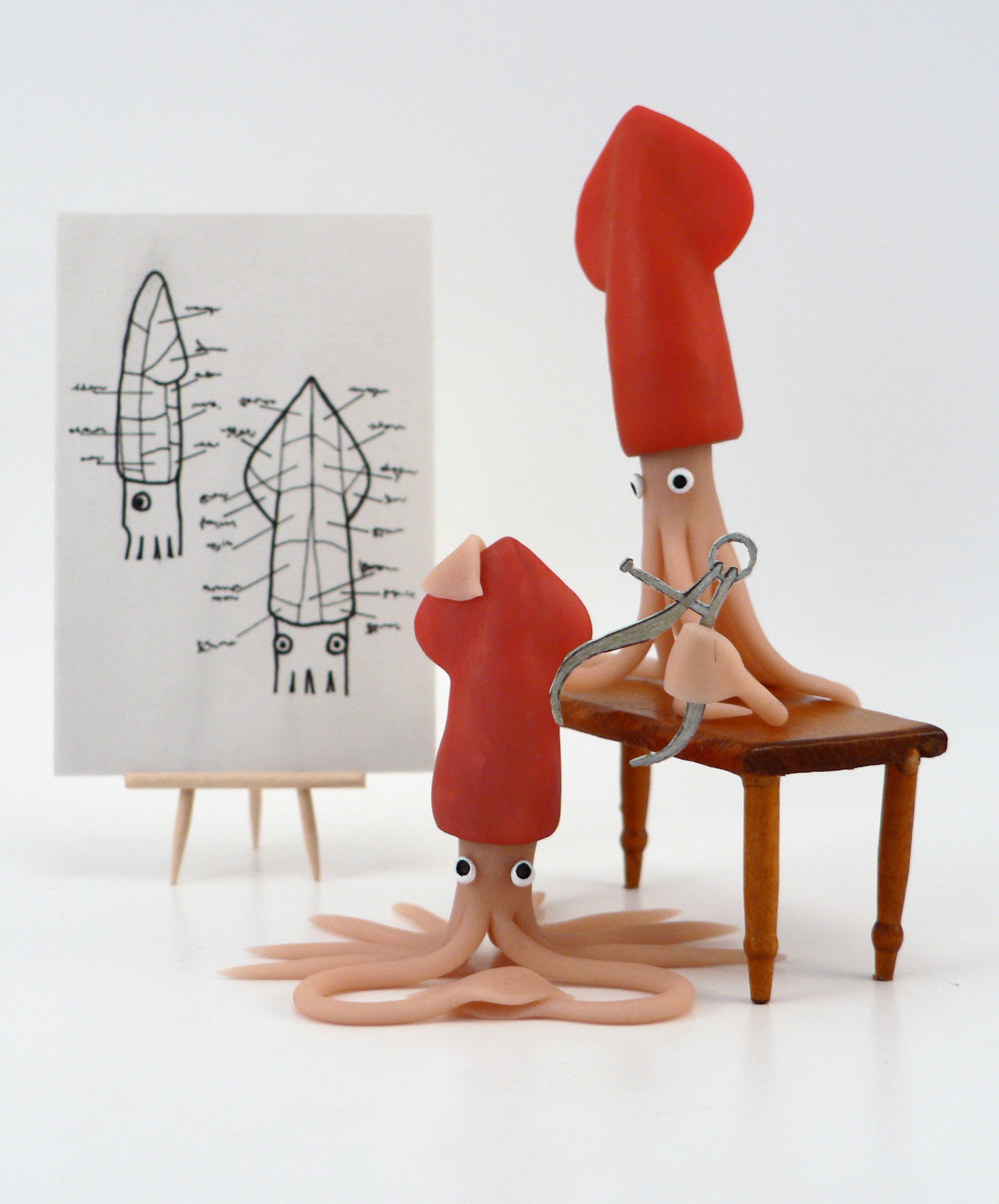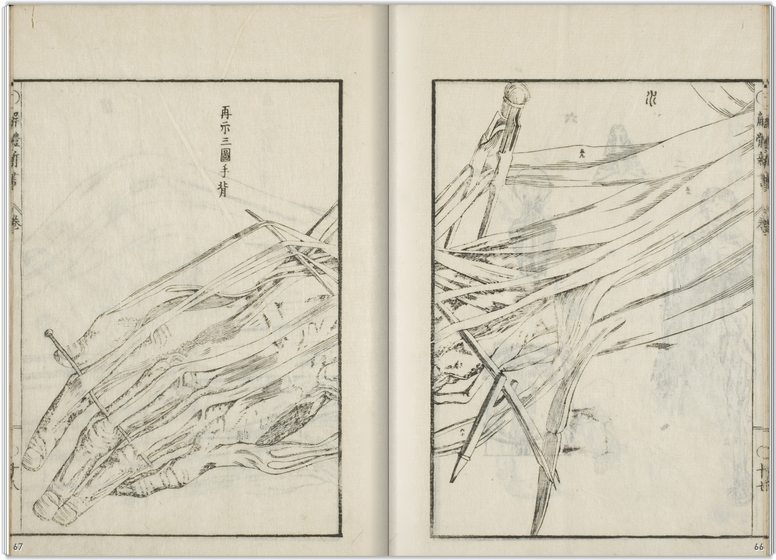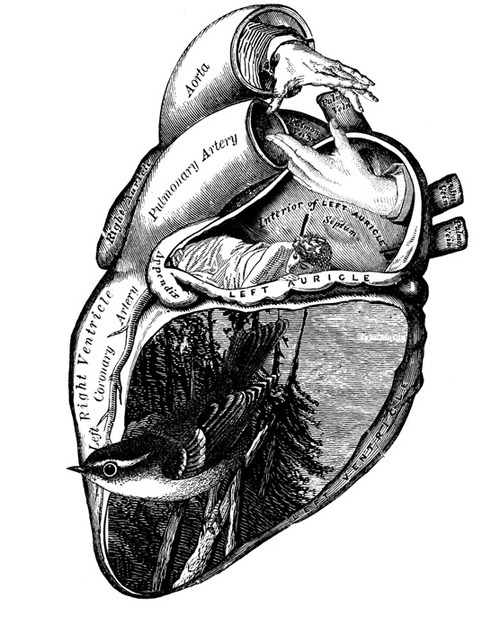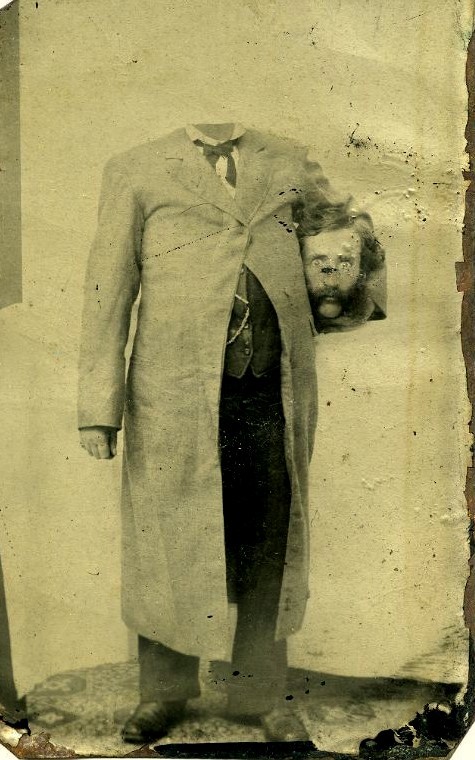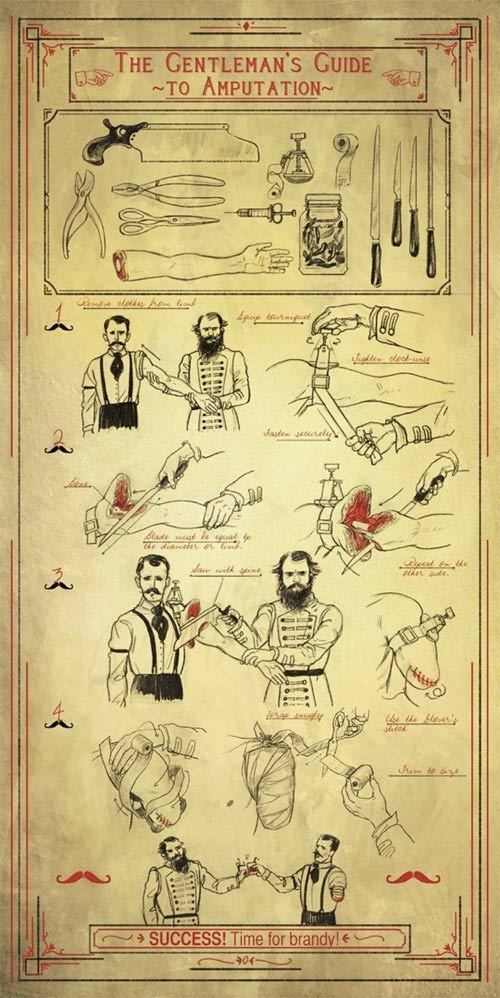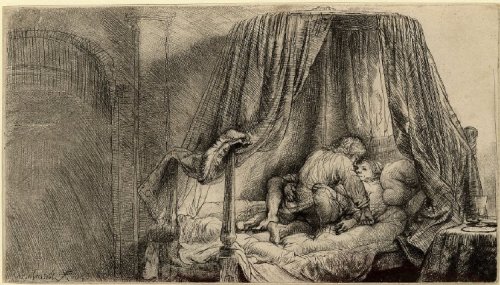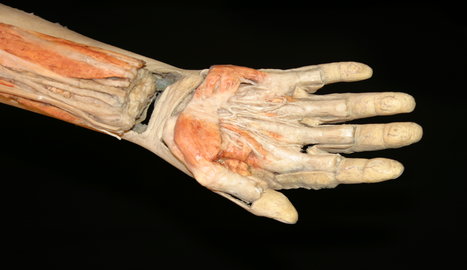And more HERE
Monday, November 26, 2012
Sunday, November 25, 2012
Wednesday, November 21, 2012
Monday, November 19, 2012
Friday, November 16, 2012
The Weird History of Albert Einstein's Pieces
USA Today quote: "The locations of some of Einstein's brain chunks are unknown, unfortunately."
ABC News quote: "[Dr. Thomas Harvey] removed Einstein’s eyeballs and gave them to Einstein’s eye doctor, Henry Adams. To this day, they remain in a safe deposit box in New York City."
And the Wikpedia article entitled "Albert Einstein's Brain" also mentions the fate of other so-called genius's brains.
Thursday, November 15, 2012
Tuesday, November 13, 2012
Sunday, November 11, 2012
Saturday, November 10, 2012
Don't Deracinate Me, Bro!
"Since the Mandrake root looked human, it was said that it was alive and to take it from the earth was to tear it from its home. It would, therefore, give a terrible scream when pulled up. That scream was so terrible that it would drive insane the person who had tried to take it, or even kill with its shriek. There was, then, a special way in which one obtained a Mandrake. Needed were a hunting horn, a length of rope, a hungry dog, and a piece of meat. The Mandrake was said to grow beneath a gibber, feeding on the fat dripping from the hanged corpse. On the night of a full moon, the magician had to drop a noose of the rope over the Mandrake and then tie the other end to the dog's collar. He would then retire to a safe distance and throw down the piece of meat. The dog, being hungry, would lunge forward to get the meat, pulling on the rope and dragging the mandrake out of the soil. At that point the magician should blow loudly on the horn to drown out the sound of the plant's scream. The dog would hear the scream and drop dead, but the magician would have his mandrake!"
-from The Mysterious Human-Shaped Mandrake Root
Thursday, November 8, 2012
Wednesday, November 7, 2012
Tuesday, November 6, 2012
Rembrandt's Polemical Erotica
While the first image seems to play on the previous era's Protestant propaganda--featuring a monk and a woman hiding perhaps not so discreetly in a cornfield with her sandals shaken off--the second is a scene widely interpreted as a depiction of Rembrandt with his mistress, Hendrickje Soeffels, who he lived with after the death of his wife and loved dearly.
Rembrandt, Monk in a Cornfield, c. 1646
Rembrandt, The Bed, c. 1646
The second print was also probably not meant for public view given not only the subject matter but also the fact that the woman has three hands. Look closely!
